The 5 Best Sites for Offshore Diving in Azores Islands & Madeira, Portugal
There is nothing quite like the breathtaking underwater world that is the Azores Islands and Madeira. These two stunning Portuguese islands boast some of the best scuba diving spots in the world. From coral paradises to spectacular island caves and beyond, there's something for everyone. Whether a beginner or an experienced scuba diver, these five sites are an absolute must to put on your diving itinerary.
Princess Alice, Pico Island, Azores
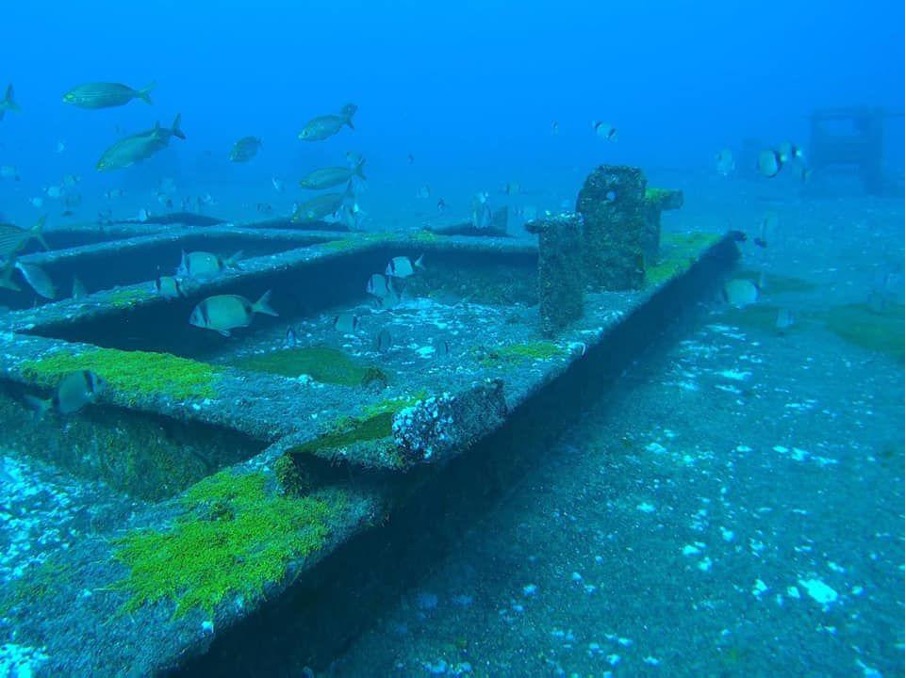
Take your scuba diving adventures to the Prince Alice dive site, one of the most famous sites in the Azores. The area attracts novice and expert divers thanks to its 50-foot depth. The underwater landscape is full of colorful coral, anemones, and sponges. And we can’t forget the incredible marine life you'll see beneath the water’s surface. The fish boast vibrant colors and the coral reefs are just as beautiful as the fish that live among them.
Located offshore, you need to take a boat to get here and the ride itself is an adventure. You'll behold breathtaking views of dolphins swimming, splashing, and even playing with the boat's wakes among the crystal clear water. You can spot everything from the bottom, from the dwelling shrimp to giant sea turtles swimming overhead. You won't regret visiting this diving site, easily one of nature’s best works of art!
Formigas Islets, Azores
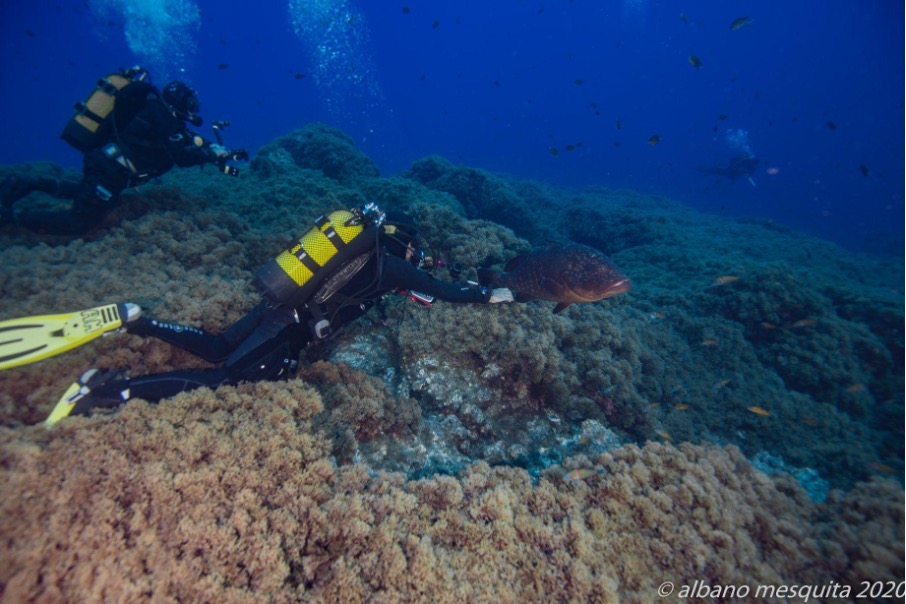
Located in the Azores archipelago, Formigas Islets is another offshore diving site worthy of mention. It is home to unique geological formations and marine life. The waters around are home to thousands of sea lions and dolphins, making it one of the best places in Europe for scuba diving. There are more than 1,000 species of fish on Islets of Formigas, including rarer
species like groupers, moray eels, and parrotfish. You'll find colossal sea turtles nesting on the beach and once you get back in the water, you’ll be surrounded by beautiful schools of barracuda, snappers, mullet, and tuna.
The white sand beaches and the clear, calm waters of the islands of Formigas make it a tropical paradise. Bear in mind, there are times when the current can get intense. Whether you are a novice or experienced diver, plan to explore the islands’ waters with a guide.
Santa Maria Island, Azores
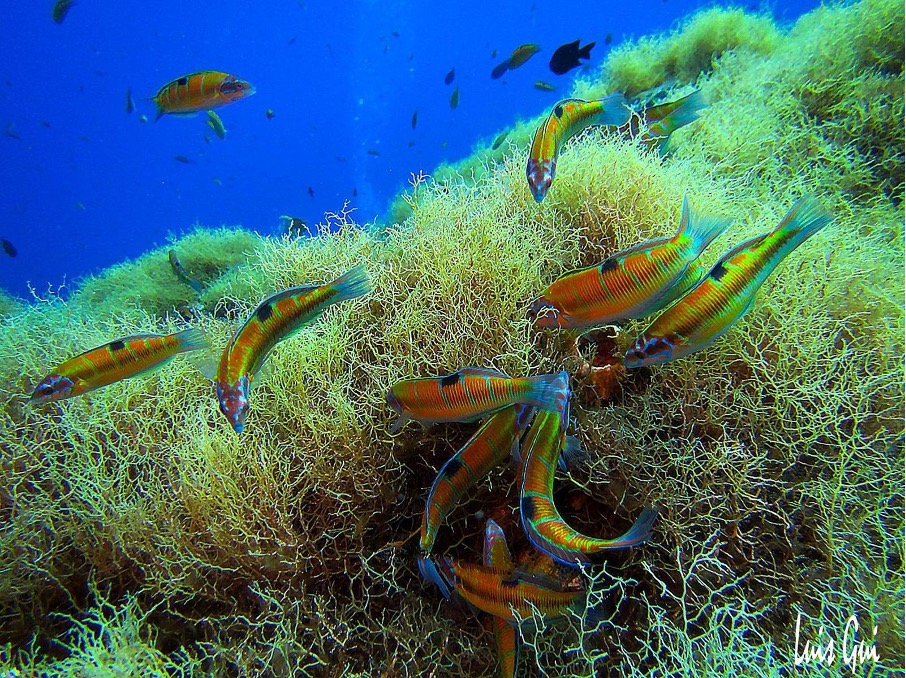
Santa Maria is the smallest island in the Azores, but is mighty famous among scuba divers. The 90km island boasts ten beautiful dive sites to explore as you enjoy the Azores' limestone reefs and abundant marine life. The island is home to some of the oldest marine mammals in Europe, including humpback whales, dolphins, and porpoises. If you're lucky enough to spot one of these creatures while scuba diving, it's an experience you won't forget. Three Miles off Santa Maria is Ambrosio, another fantastic scuba diving site. Here you'll have a chance to swim with a school of barracuda, shacks, and devil rays. If diving with devil rays and sharks is not enough, the incredible Atlantic fauna and flora will leave you in awe.
Porto Santo, Madeira
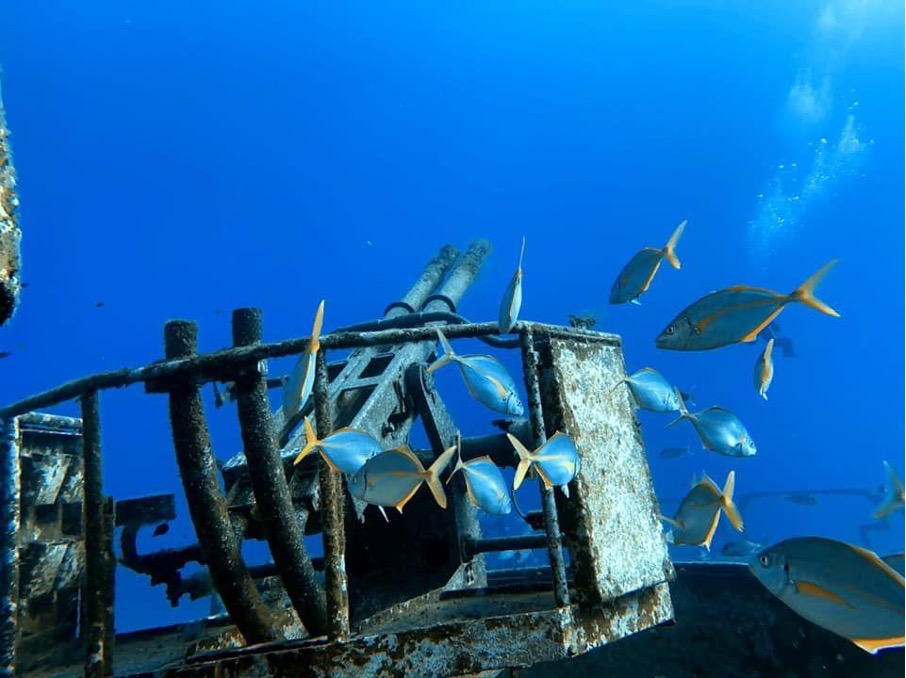
Looking to take your scuba diving gateway to another level? Then you must visit Portugal's Porto Santo. In deep waters, you'll find sunken shipwrecks such as the Corvette General Pereira d'Eça and Madeirense bursting with marine fauna and flora. The offshore site is home to different fish, sharks, rays, and turtles. The beauty and gracefulness of the spinner dolphins will take your breath away. If you want to combine scuba diving with snorkeling, no problem! Porto Santo has many coral reefs and underwater caves carved out by centuries of erosion. While snorkeling, you can see beautiful coral formations and even explore underwater caves.
Garajau Nature Reserve, Madeira
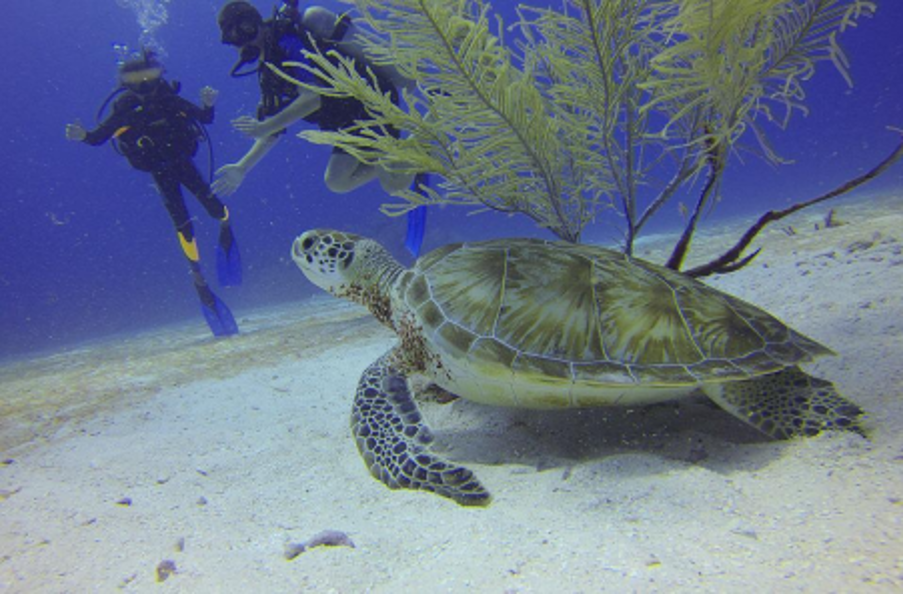
Located off the north coast of Madeira Island and about 30 minutes from Funchal lies Garajau Nature Reserve. The reserves cover 7km of coast from Lazareto to Ponta da Oliveira. Along the beach are seven unique diving points: Arena, Galo, Garajau Beach, Pinaculo, Lazareto, Mamas, and Baia dos Porcos. This site boasts crystal clear water filled with abundant marine life. In the shallow areas of this marine reserve, you'll find colorful fish species including tarpon, barracuda, and lionfish. The deeper waters hold schools of barracuda that swim alongside large groupers, sharks, tuna, and marlin. After scuba diving, you can go on a guided tour through the park's cave to learn about marine life.
Are you ready to make your Portugal scuba diving adventures a reality? Book a trip with Liquid Diving Adventures by contacting us today and we'll be happy to help you plan the perfect scuba diving gateway!